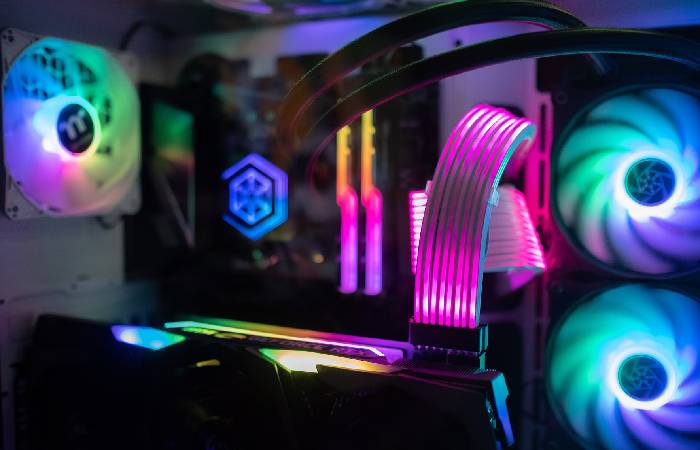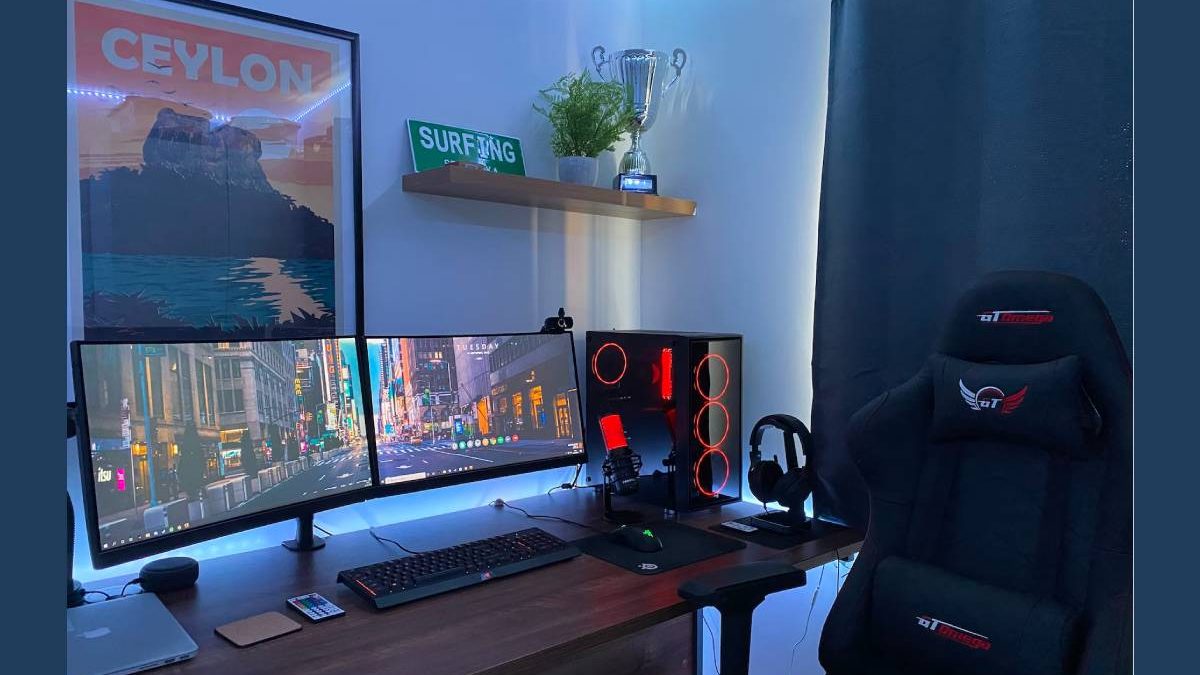The world of competitive gaming, more commonly known as esports, has been a consistent feature of the wider games industry for decades. However, come the onset of the 2010s, several disparate factors began to converge that would result in this once-niche sector going mainstream.
For one, the wider industry itself began to exert its influence as the largest media sector of the 21st century, having overtaken the net worth of the film industry around 2005. This was a long time coming. After all, a whole generation of gamers raised on Nintendo, Sega and the PlayStation in the 90s had finally come of age, and had disposable income to invest on games, consoles and associated merchandise.
These new working professionals had none of the stigma around gaming that older generations and legacy media outlets shared, and thus were more welcoming to the notion of not only playing themselves, but also watching competitive gaming as a pastime.
The rise of gaming content on YouTube, and then the growth in popularity of game-streaming platform Twitch, especially following Amazon’s acquisition in 2014, created the context necessary for this sector to grow.
As a result, sports fans can find free offers on bets, such as those furnished by comparison platform OddsChecker, to back the outcome of a League of Legends tournament just as they would the Super Bowl, and more people than ever are looking to get involved in playing these titles.
But many would-be gaming athletes are unsure where to begin – after all, like any sport, to play it well you need the right kit. In light of this, we’re going to cover the three fundamentals you need to know if you want to create and optimize your very own esports setup.
Create a Solid Foundation
A soccer player needs to ensure they have good boots that fit them, otherwise they can’t run, pass and kick for 90 minutes to the best of their abilities. Naturally, an esports player’s connection with the ground is through their butt instead, but this makes it no less important.
F1 drivers, for example, have bucket seats vacuum molded to their bodies so that they are comfortable and secure enough to withstand the high forces of competing in their high performance race cars.
Likewise, gamers need a good quality gaming chair with lumbar support so that they can focus on the task at hand without craning their necks, arching their backs, or being positioned too near, or far, from their monitor.
Make Sure You’re Up to Spec

If your PC can’t handle the games you want to play on it, you’ve got a problem. This is not to say that every esports athlete needs a $3000 rig with all the latest bells and whistles, but you should make sure that your PC can comfortably run the latest games to at least the medium relevant recommended performance specification.
When investing in a good CPU, graphics card and RAM sticks, make sure not to skimp on cooling. Gaming is an extremely resource heavy task for a computer, and this creates a great deal of heat. PCs have in-built safety features that will throttle the performance of your components if they detect that the system is growing too hot. This may result in frame-rate drops or even your game crashing. To circumvent this, make sure to invest in adequate external cooling fans.
Stable Internet Connection
A good internet connection is essential to play competitive esports. While an average net connection is perfectly serviceable when it comes to playing a casual game of NBA 2K with your friends, when it comes to playing for keeps you need to strive for low latency.
This is because tiny bits of lag can make the difference between you either landing a headshot or hitting the wall behind your opponent. Invest in the best internet connection you can afford and, no matter what, opt for a wired Ethernet connection to your router as this is far more efficient and reliable than WiFi.

